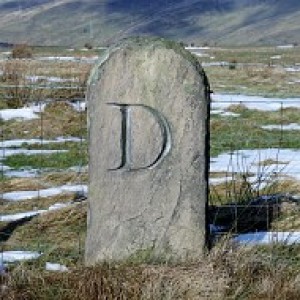Tunbrook Wood + Tunbrook Round Walk Details.
This bridge crosses the Tunbrook on the Ribble Way in the deep Tunbrook Valley which = Tunbrook Nature Reserve. The trees are now greening up and it is now darker in the jungle that is Tunbrook Wood. Stray from the deep, steep path at your peril. This is also a way to access Brockholes Nature Reserve by continuing along the Ribble Way which can be wet after rain like today.
Boilton, Nab, Redscar and Tunbrook Woods
Nearest towns: Preston, Grimsargh, Grid references: SD 579314 to SD 590340, Landranger 102, Explorer 286
The woods run in a narrow band along a terrace above the tidal River Ribble and the valley of its tributary, the Tun Brook. They form one of the largest remaining areas of ancient, semi-natural, deciduous woodland in Lancashire, Greater Manchester & Merseyside. They support insect species unusual in Lancashire, and have a rich woodland flora.
Tunbrook Round walk details.
Red Scar, Tunbrook and Nab Woods together make up a fine example of lowland ash-wych elm woodland and valley alder carr. The slumping that occurs on the steep valley-sides exposes calcareous clays that produce a base-rich, red soil - hence the name "Red Scar". The rich ground flora that develops on this soil includes patches of dog's mercury, enchanter's nightshade and giant fescue, along with herb-Robert, wood-sorrel, wood anemone, lesser celandine, early-purple orchids, and various species of violet. A patch of yellow archangel is found at its most northerly location in Great Britain at the junction of the Tun Brook and the River Ribble. It thrives on the richer soil there. Hairy St. John's-wort and sweet woodruff can also be seen in Red Scar Wood. The woodruff gives off the scent of vanilla when it's bruised.
The woods have a good, mixed structure with ash, sycamore and gean (wild cherry), and alder (in the valley) all represented. There's also some planted beech and larch. There's an area of oak in the south-west of Red Scar Wood, but the wych elm there has nearly all died back as a result of Dutch Elm Disease. Field maple is rare here, but there are a few mature examples in the woods. Hawthorn, hazel and holly make up the healthy shrub layer.
Amongst the recorded invertebrates is the white-letter hairstreak, a butterfly that prefers the margins of deciduous woods and is on the wing in July and August. It's closely associated with elm, particularly wych elm, as its caterpillars feed on the leaves and flowers. The devastation wrought on elms by Dutch Elm Disease means that this butterfly species has now become very rare. An impressive list of moths is associated with the reserve: the angle shades, the snout, the mottled beauty, the silver-ground carpet, the twin spot carpet, the barred straw, the July highflier, the clouded magpie, and the mother-of-pearl are amongst those recorded. The oak bush-cricket is also found here.
The woods provide excellent breeding habitat for kestrel, woodcock, tawny owl, green woodpecker, great spotted and lesser spotted woodpecker, warblers, tits and treecreepers. You might see fieldfare, redwing, brambling and siskin if you visit in winter. Moles, common shrews, water shrews and bats have all found refuge throughout the woods; and smooth newts, common toads, and common frogs breed in nearby ponds.
- 0
- 0
- Panasonic DMC-TZ20
- 1/50
- f/3.3
- 4mm
- 125

Comments
Sign in or get an account to comment.


